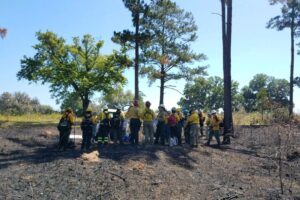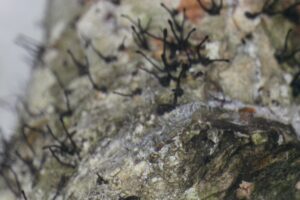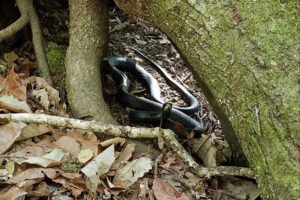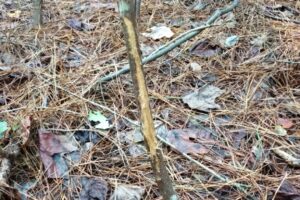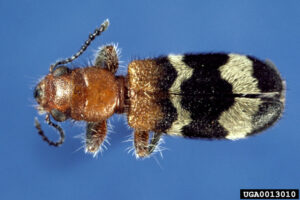Field Notes: WTREX: Newly Discovered Dinosaur, Latest Workout Craze or Something Better?
May 8, 2019 - by Area Forester Sarah Parmelee What is TREX? TREX is a prescribed fire training (TR) exchange (EX) held by the Nature Conservancy as part of their North American Fire Initiative. WTREX is a training exchange, for women. These two-week events bring fire practitioners together to share experience and get training. Ideally, those two weeks feature a lot of fire. This will give attendees the opportunity to apply learned techniques and... Read More

